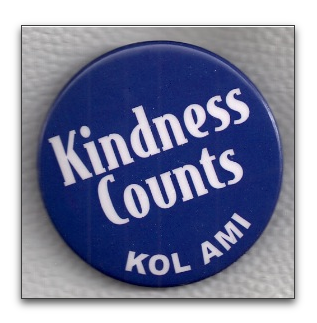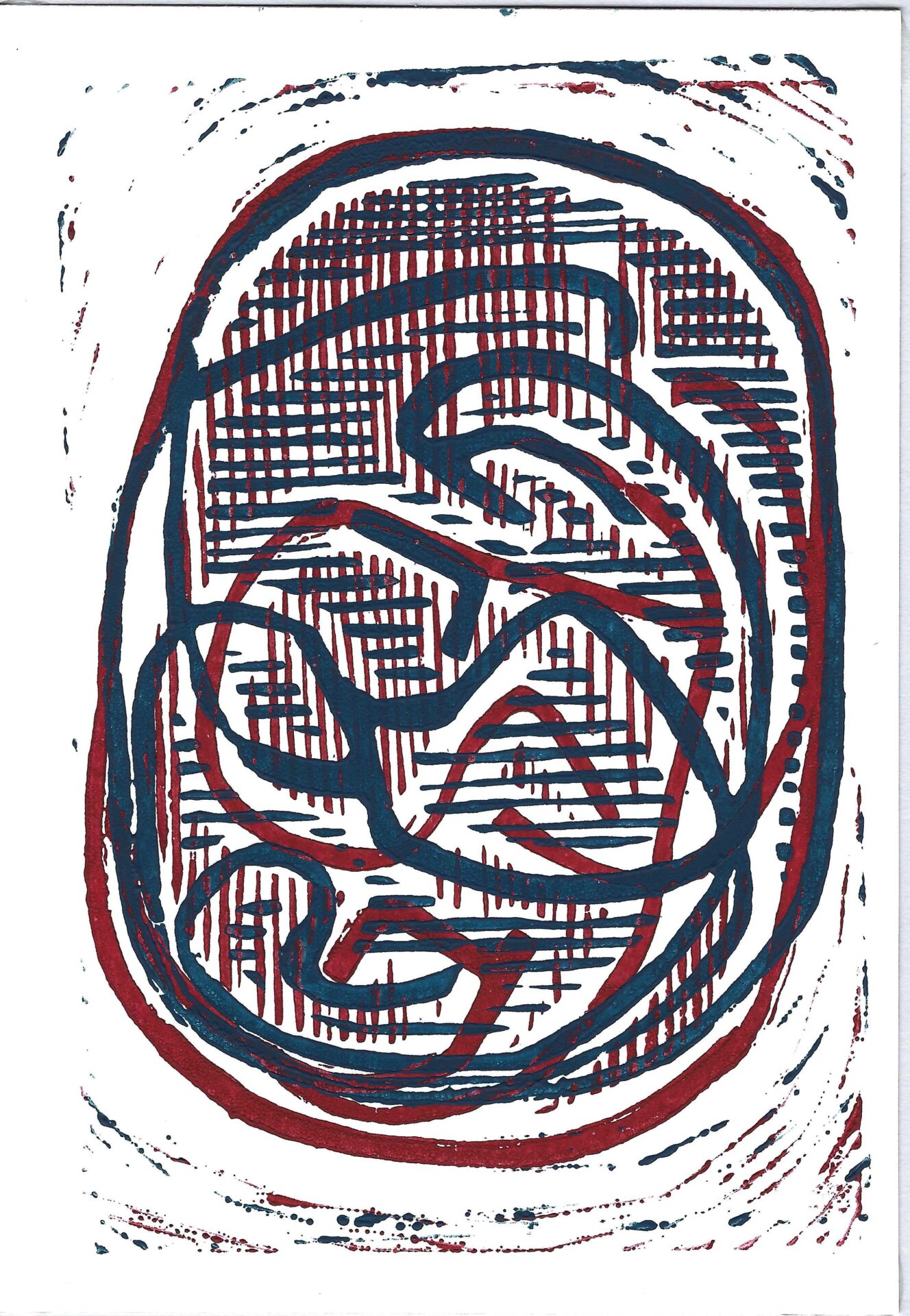let me count the (w/d)ays
The period between Pesach and Shavuot was one of serious tension in ancient Israel. The barley harvest began at Pesach and the wheat harvest ended near the time of Shavuot. More was at stake during the period of the counting of the Omer than our spiritual growth. The future year’s wealth, whether or not the people would go hungry, was determined during that seven-week period.
Today, we might be counting, but we are also ac-counting… preparing a report on the harvest. What have we harvested? Will the stores be full for the coming year? The task is not so much the process of counting (and how we might account for each day), but the goal at the end of the period. Will we be ready for the fullness of the gift that comes at the end the forty-nine day count?
count points on-[a]-line
When I began counting the Omer on Facebook a few years ago I joined a few friends. Now I am very pleased to see so many people sharing their varied approaches. Not only is the Omer counted on Facebook, but also on Twitter with #Omer, #OmerCount and #CountTheOmer. As noted here, there’s a page at the Huffington Post where Joshua Fleet curates a liveblog of Omer counting. And a quick review of that page suggests that even more people are using various electronic, social media to count the Omer in increasingly different ways.
One that caught the attention of a couple of friends is: “Omer 2013: taking into account” by Jacqueline Nicholls
counting every day of the omer, from pesach to shavuot, by taking account of the things in life we hold onto. 50 people will share with me a list of the small items that are found in pockets, the bottom of their bags, the small stuff they carry around. from that list I will make a drawing and together a story will be told.”
I think this is a lovely idea. If I was to build on Jacqueline’s idea for my own counting, I would:
- start with 49 items that I’d take out (of “Egypt”) with me and each day “discard” one that was “unnecessary” till I arrive at Sinai with the essence of what I need.
Or the reverse:
- as I leave Egypt a slave, what ideas/values do I collect along the way so that I have 49 when I arrive at Sinai?
A sampling of more Omer counting ideas on the Web worth exploring include:
color the omer
Many people who count the Omer know by now of my interest in color. So I was a intrigued to learn that the same day that my Omer Calendar was shared on the Huffington Post page two other approaches to coloring the Omer appeared: one an outgrowth of my experimenting by my colleague R. Amy Scheinerman and another prepared by Aharon Varady based on the color correspondences of Reb Zalman Schachter-Shalomi.
And, so it is that I recently learned of the Hindu festival Holi which is celebrated near the same time as the beginning of Pesach. Interestingly enough, it is considered a festival of colors.
According to the article about Chakras in the Wikipedia, “Indian Yogic teachings assign to the seven major chakras specific qualities, such as color of influence (from the 7 rays of spectrum light)….” A number of illustrations make this clear.

colored chakras in a magen david
make it count
As we make our lives count, I want to use this time to encourage everyone with a Twitter account to join us on the day before Shavuot. That day we want to make #Torah rise (yes, the “hashtag” is also the “number sign” so: “count Torah!”) among the topics that are counted that day. I have written about this on my own blog:
- Be תורה
- the electronic leaflet
- love humanity, & bring them close 2 #Torah
- …the real thing?
- what would dad think?
- #blogexodus : future (tweet #torah at sinai)
…and on Facebook where you are invited to join and indicate that you will attend our event.
While we’re counting, I offer this lapel button from my collection and am reminded by a friend and colleague who has this as part of her e‑signature:
The highest wisdom is kindness.
[B’rakhot 17a]
The button seems to have been made in the Philadelphia area, likely by this congregation.

kindness counts
| Date: | 2000s |
| Size: | 5.7 |
| Pin Form: | clasp |
| Print Method: | celluloid |
| Text | Kindness Counts Kol Ami |
your lapel buttons
Many people have lapel buttons. They may be attached to a favorite hat or jacket you no longer wear, or poked into a cork-board on your wall. If you have any laying around that you do not feel emotionally attached to, please let me know. I preserve these for the Jewish people. At some point they will all go to an appropriate museum. You can see all the buttons shared to date.

